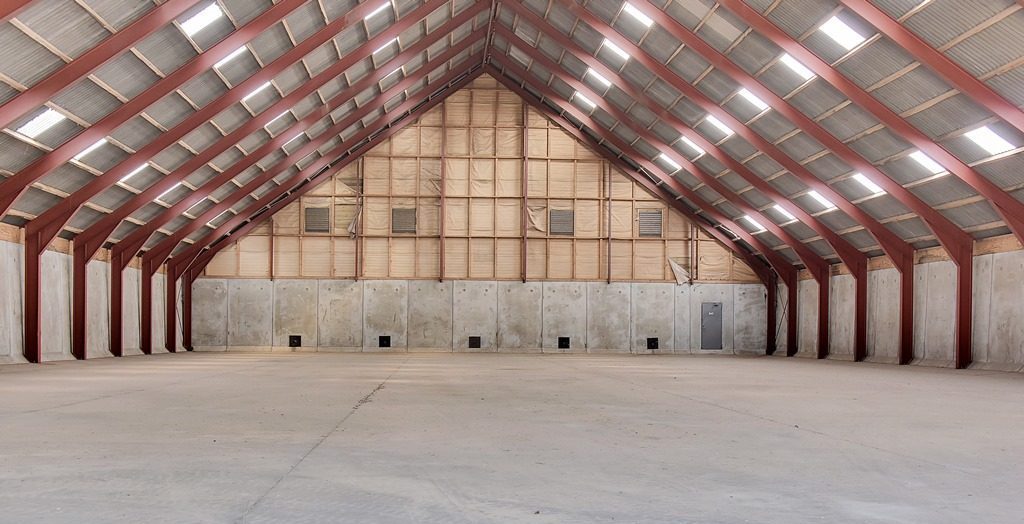The Impact of Free Trade Agreements in AP Human Geography
Student enthusiast AP Human Geography, familiar concept free trade agreements impact human geography. These agreements have far-reaching effects on economies, cultures, and societies, and understanding their implications is crucial for a comprehensive understanding of human geography.
What are Free Trade Agreements?
Free trade agreements are treaties between two or more countries that agree to reduce or eliminate trade barriers such as tariffs and quotas. These agreements are designed to promote economic integration and foster greater trade between participating countries.
The Role of Free Trade Agreements in Human Geography
In the context of AP Human Geography, free trade agreements have significant implications. They can lead to shifts in population, changes in cultural practices, and alterations in the distribution of economic activities. For example, the North American Free Trade Agreement (NAFTA) has had a profound impact on the movement of goods and people across the United States, Canada, and Mexico.
Case Study: NAFTA
NAFTA, came effect 1994, positive negative effects human geography. While it has facilitated the movement of goods and services across borders, it has also led to the displacement of certain industries and changes in agricultural practices in the participating countries.
| Positive Effects | Negative Effects |
|---|---|
| Increased trade and economic growth | Job displacement in some industries |
| Greater access to a variety of goods | Environmental concerns |
Statistics on Free Trade Agreements
According to a study by the World Trade Organization, countries that are part of free trade agreements experience an average 28% increase in trade with their partner countries. This demonstrates significant impact agreements movement goods services.
Free trade agreements play a vital role in shaping the economic, social, and cultural landscapes of participating countries. As a student of AP Human Geography, it is essential to understand the implications of these agreements and their effects on human geography. By analyzing case studies, statistics, and real-world examples, you can gain valuable insights into the dynamic relationship between free trade agreements and human geography.
Frequently Asked Legal Questions About Free Trade Agreements in AP Human Geography
| Question | Answer |
|---|---|
| 1. What is a free trade agreement (FTA)? | An FTA is a pact between two or more countries to facilitate trade and eliminate tariffs, quotas, and other trade barriers. It aims to promote economic integration and cooperation among the member countries. |
| 2. How does an FTA impact domestic laws and regulations? | FTAs can influence domestic laws and regulations by requiring countries to harmonize their standards and modify existing laws to comply with the terms of the agreement. This can lead to changes in areas such as intellectual property rights, labor laws, and environmental regulations. |
| 3. What legal disputes can arise from FTAs? | Legal disputes in FTAs can arise from issues such as non-compliance with the agreement, unfair trade practices, intellectual property violations, and investment disputes. These disputes are typically resolved through arbitration or the dispute settlement mechanisms outlined in the FTA. |
| 4. How do FTAs affect international trade law? | FTAs can impact international trade law by creating new rules and regulations governing trade between member countries. They can also influence the interpretation and application of existing international trade agreements and trade law principles. |
| 5. What are the legal implications of FTA negotiations? | FTA negotiations involve complex legal issues related to market access, rules of origin, trade remedies, and dispute resolution. Legal experts play a crucial role in advising governments and businesses on the legal implications of FTA negotiations. |
| 6. How do FTAs affect intellectual property rights? | FTAs can impact intellectual property rights by requiring member countries to provide stronger protection for patents, trademarks, copyrights, and trade secrets. This can lead to changes in domestic intellectual property laws and regulations. |
| 7. What legal challenges do businesses face under FTAs? | Businesses may encounter legal challenges such as compliance with FTA provisions, navigating complex rules of origin, understanding dispute resolution mechanisms, and addressing intellectual property issues. Legal counsel is essential for businesses to navigate these challenges. |
| 8. How do FTAs impact dispute resolution mechanisms? | FTAs typically establish specific dispute resolution mechanisms, such as investor-state arbitration or trade dispute panels, to resolve disputes between member countries. These mechanisms may have unique legal procedures and standards for adjudicating disputes. |
| 9. What legal safeguards are in place to protect national sovereignty under FTAs? | FTAs often include provisions to safeguard national sovereignty, such as carve-outs for sensitive industries, exceptions for public policy objectives, and mechanisms to address regulatory autonomy. These safeguards aim to balance the benefits of economic integration with national sovereignty concerns. |
| 10. How can legal professionals navigate the complexities of FTAs in AP Human Geography? | Legal professionals can navigate the complexities of FTAs in AP Human Geography by staying abreast of the latest developments in international trade law, understanding the specific legal provisions of relevant FTAs, and leveraging their expertise in trade law and policy to advise clients on FTA-related matters. |
Free Trade Agreements in AP Human Geography: Legal Contract
This contract is entered into by and between the parties involved in the discussions and negotiations relating to free trade agreements in the field of AP Human Geography.
| Article 1 – Definitions | In this Contract, the terms shall have the meanings ascribed to them as follows: “Free Trade Agreement” refers to a pact between two or more countries to establish a free trade area where commerce in goods and services can be conducted across their common borders, without tariffs or hindrances. “AP Human Geography” refers to the study of how human populations interact with the environment, as well as the study of cultures, economies, and political systems around the world. |
|---|---|
| Article 2 – Purpose | The purpose of this Contract is to outline the terms and conditions under which the parties shall negotiate and potentially execute a free trade agreement in the context of AP Human Geography, taking into consideration relevant laws and regulations governing international trade and commerce. |
| Article 3 – Representation | Each party represents authority enter Contract violation agreement legal obligation doing so. |
| Article 4 – Confidentiality | The parties agree to keep all discussions and negotiations related to the free trade agreement confidential, and to not disclose any proprietary or sensitive information to third parties without the express written consent of the other party. |
| Article 5 – Governing Law | This Contract governed construed accordance laws relevant jurisdictions, disputes arising connection Contract resolved arbitration accordance rules relevant arbitration association. |
| Article 6 – Entire Agreement | This Contract constitutes the entire agreement between the parties with respect to the subject matter hereof, and supersedes all prior and contemporaneous agreements and understandings, whether oral or written. |
| Article 7 – Execution | This Contract may executed number counterparts, each shall deemed original, together shall constitute one instrument. |






